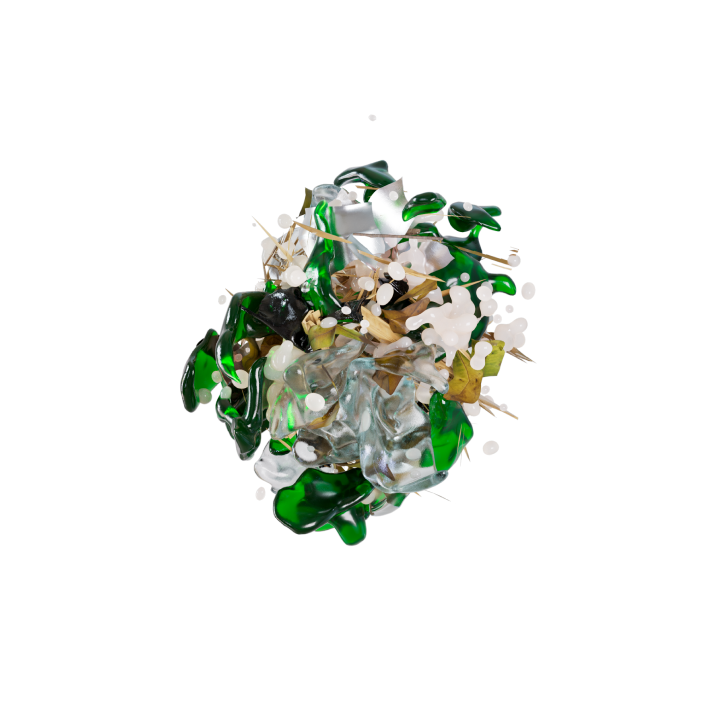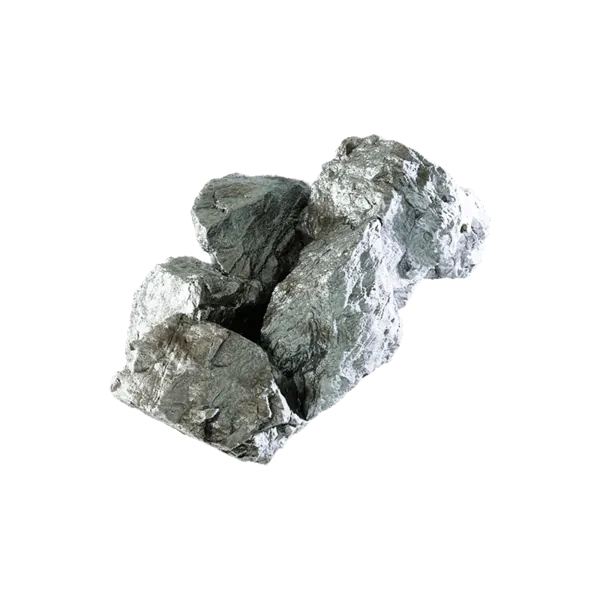Glass
Learn more
Market features
By using Nippon Gases’ proprietary oxy-combustion technology, applicable to site port and end port furnace configurations, it could be possible to reduce your specific energy consumption by up to 50%*
*Pending on your most recent base case
Dilujet burners use Diluted Oxygen Combustion (DOC) technology, which promotes an ultrahigh recirculation ratio making it possible for an ultra-low flame Tª.
This ultra-low flame Tª, together with the typical low N2 partial pressure at the oxy-fuel furnaces, results in ultra-low NOx emissions from your flue gases.
By using Nippon Gases’ forehearth’s proprietary oxy-combustion technology, it will be possible to reduce your forehearth’s energy consumption by up to 50%, simultaneously reducing the amount of necessary burners to maintain the required temperature profile you are looking for.

Simultaneously, the application of our Diluted Oxygen Combustion technology contributes to drastically reduce NOx and dust emissions at your site, whilst maintaining the highest safety standards.





